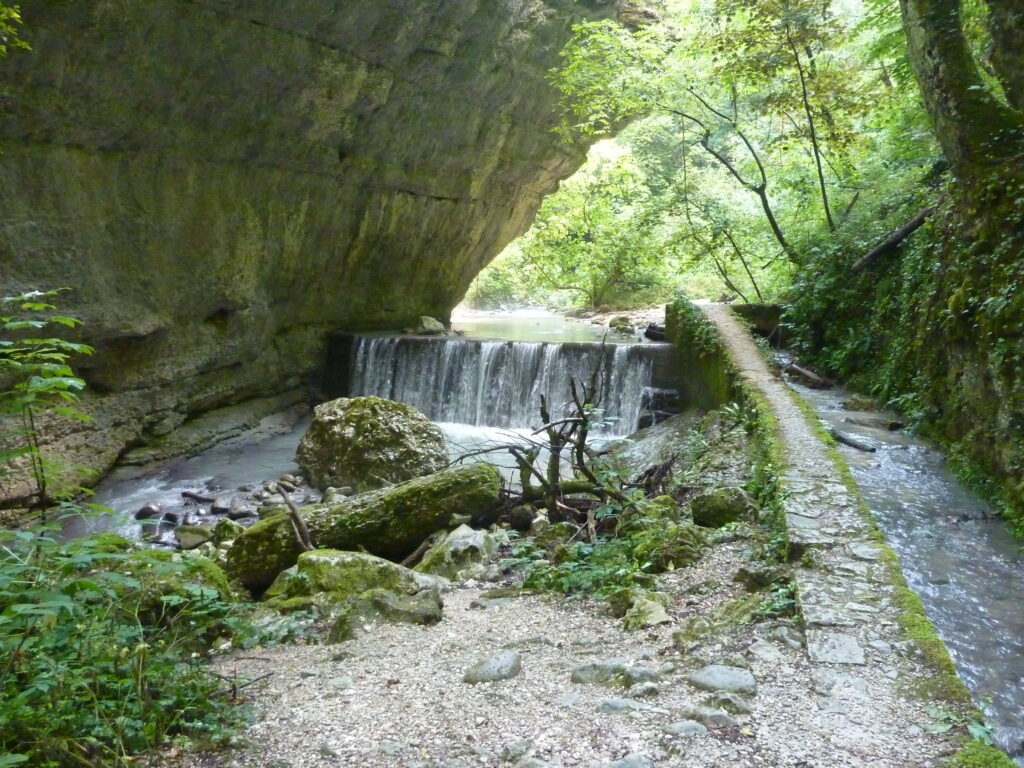The central region of Abruzzo has become one of Italy’s most desirable holiday destinations over the past fifteen years or so. Those who are seeking an authentic Italy and a “natural” Italy will definitely appreciate its Majella National Park, one of three national parks in the region.
The Mountain Park With a Sea View
Majella (sometimes also spelled Maiella) encompasses a vast area of over 740 square kilometers (286 square miles) touching the provinces of Chieti, Pescara, and L’Aquila. It became a national park in 1991 and a UNESCO Global Geopark in 2021. Its namesake is one of the region’s pride and joy, the 100 million-year-old, limestone Majella massif which towers over the region at an astounding 2,793 meters above sea level (9,163 ft). It’s known as the “mountain park with a sea view” for the breathtaking panoramas of the Adriatic coastline.
Villages in the Park
Like most of Italy’s national parks, there are numerous villages, and in this case, even large cities that are ideal “home bases” while visiting the park. Many of these are worth visiting in and of themselves, especially the mountain villages of Guardiagrele, Pacentro, and the larger city of Sulmona.
The Park’s Top 5
There is so much to do and see here that we couldn’t possibly cover it all in one article! From mountain climbing, trekking, mountain biking, canyoning, camping, and religious sites, one could easily spend an entire month within the park. Most of us don’t have that luxury so we’ve compiled a “top 5” just to help you get started as you plan your trip to this natural haven.
San Martino Gorges (Fara San Martino, Chieti province)
The 14 km trail starts just outside of Fara and traverses a wild area with a 2,300-meter climb. You can see some of the most ancient rock formations in the entire park here (Cretaceous). The gorges were formed by the torrential waters melting off of the high glaciers. You’ll also see the Monastery of San Martino in Valle where excavations have been ongoing bringing the 9th-century hermitage to the forefront.

San Bartolomeo in Legio (Roccamorice, Pescara province)
This is another hermitage that dates to the 12th century and is considered one of the must-sees in the park. From the village of Roccamorice, it is only a 10-minute drive plus a short hike labeled as “easy” to reach the ethereal site. Celestine V lived here with some of his disciples in the late 1200s.
Highlands of the Majella
If you want to appreciate Mother Nature’s color scheme then head to the park in the springtime when the high altitude meadows are in full bloom. The Quarto del Barone, Quarto di Santa Chiara and Quarto Grande are just some of the spots where you’ll be able to see wildlife such as the Marsican bear, wolves, and yellow blankets of wild daffodils.
Snowshoeing Excursions and Skiing
Even if you have never been on snowshoes before, an expert guide will accompany you on a fabulous trail that includes views of the Adriatic or even following wolf tracks. Check out the park’s homepage for their monthly calendar of excursions offered.
If skiing is more up your alley, the park offers about 25 km of trails at five different locations. These are far less crowded than their northern Italian counterparts and cheaper too! The major ones are Campo di Giove and the Passolanciano- la Majeletta.
Valle dell’Orfento (Caramanico Terme, Pescara province)
This extremely biodiverse valley is a wonderful place to appreciate the park’s water sources and enjoy its various trails. You might spot a Peregrine falcon or an otter while on any of the trails departing from either Caramanico Terme or Decontra. You can also visit the Hermitage of San Giovanni and Sant’Onofrio along the way.

For complete details, maps (including digital via a smartphone app), itineraries, lodging, and more, visit the park’s official website.
Read More
Read more on Abruzzo’s national parks here: Abruzzo, Lazio, and Molise National Park and the Gran Sasso and Monti della Laga National Park.

